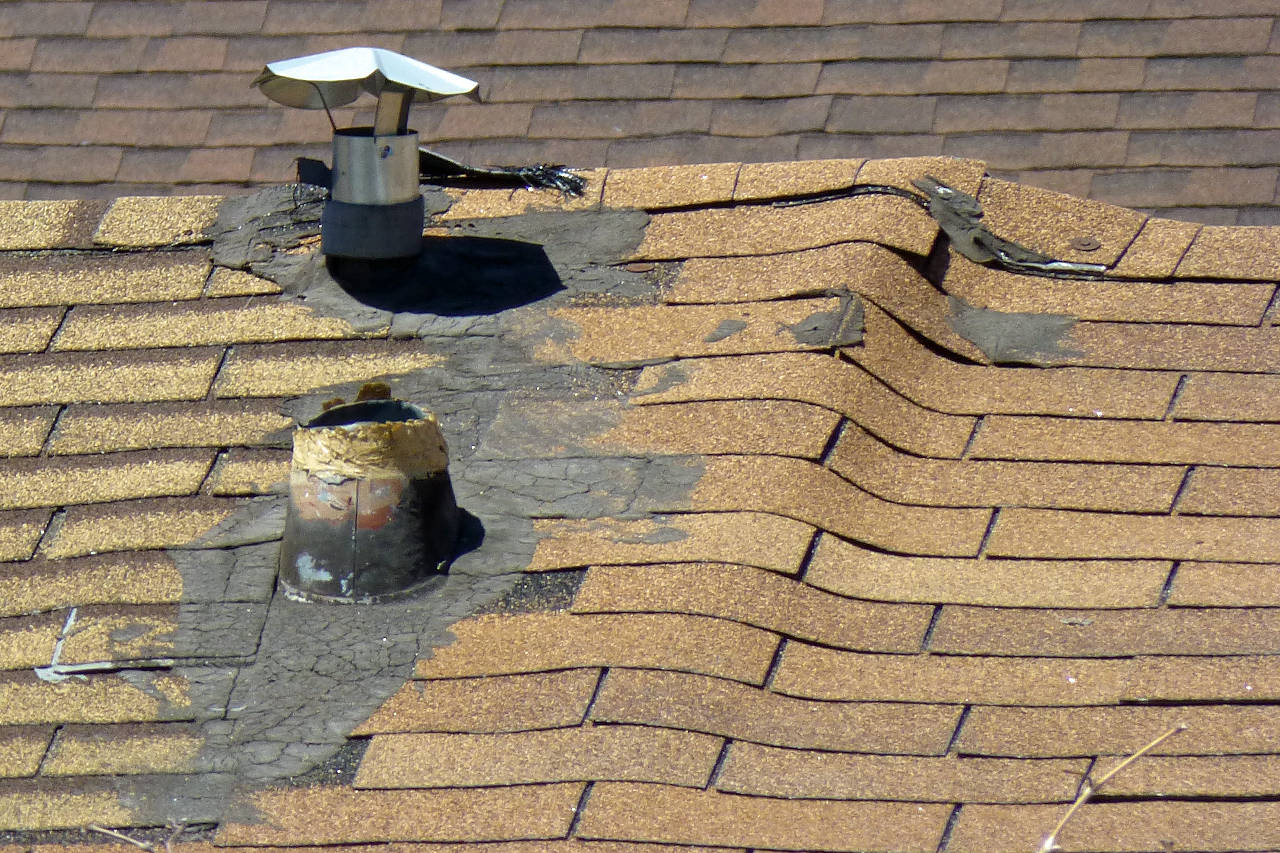Plywood and osb roof sheathing are the most popular roof sheathing materials in the u s.
Roof plywood buckling.
The most common cause appears to be movement in the roof sheathing with changes in moisture levels.
However a more pronounced buckling in a line running up the roof like in the photo above is caused by buckling of the edges of the plywood or osb roof sheathing due to water intrusion or extremely high humidity in the attic.
Such buckling may occur between supports or between nails along supports.
If the adhesive side is not laid properly and not applied flat it will surely show its buckling through the roof shingles.
Apa recommends a 1 8 inch space between panel edge and end joints.
Improper installation of roof sheathing panels can result in warping or buckling of asphalt shingles.
Your roof decking is the plywood sheets that cover your home.
When plywood or osb sheathing picks up moisture it expands.
Call your builder and have him fix the buckled plywood.
That can mean costly time consuming callbacks.
Ripples or waves on the roof surface are a sure sign that the shingles or decking has probably buckled.
Continuous roof vents stationary roof vents turbine vents and power attic ventilators are just a few.
If the wood structural panels are tightly butted there is no room for expansion and buckling can occur.
Your builder is responsible for providing adequate soffit ventilation.
Plywood and oriented strand board osb like all wood products will expand or shrink slightly with changes in moisture content.
If the sheathing is properly gapped then the gaps can close causing the shingles spanning the gap to buckle.
Less likely as a cause of a buckled roof is poor attic ventilation.
However warped plywood sheathing means the entire roof has to be replaced immediately or it may collapse.
They are easy to work with readily available and perform the job well.
When these boards are not properly fastened and nailed to the framing they can buckle as well.
For a good reason.
But they must be installed correctly.
These ventilating systems work in conjunction with adequate soffit ventilation.
On occasion poor attic ventilation can cause the sheathing to become warped from underneath.
This happens most often in hot and humid climates.

